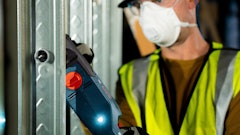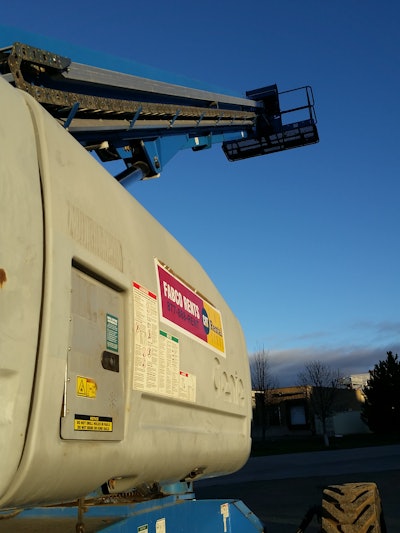
Construction companies carry one of the highest risk quotients in the business world. So, when I heard about a situation regarding safety and risk, I thought I would pass it along to you. Hopefully, none of the issues apply to your business, but if they do, you may want to explore what you can do to mitigate your risk factors.
I was conversing with a contractor who mentioned an incident he heard about regarding rental contracts, safety programs and insurance issues. Since I work in the rental business, I wanted to hear more about this situation.
Apparently, there was an accident on a jobsite involving rental equipment that has several insurance companies involved. What interested me is the first request the insurance inspector had when he arrived on the site: “Show me proof that your employee was trained to work on that specific piece of equipment on the day he was using it.” That’s a good question. I wonder if proof was available?
More interesting is the fact that the inspector was apparently referring to the specific brand of equipment in use. The implication is that if you rent two comparable pieces of equipment manufactured by two different companies, you need proof of training for both brands even though they operate in a similar fashion. Since I know how easy it is to wind up with multiple brands on a jobsite, this could become a real problem if an accident occurs.
Quality Training Required
Keeping in mind the new ANSI training requirements — and how liability and accountability seem to be moving up the management chain — what can contractors do to reduce their risk?
Quality training covering the different types of equipment used is a must. Training provided by qualified individuals who receive regular training (that they can show proof of) from the manufacturers they represent is also a must, and something you should be verifying on an annual basis.
Management should also be reviewing:
- what it is paying for in terms of those providing the training,
- what the training agenda entails,
- and if proper decisions are being made to assess each attendee’s ability to receive a passing grade.
I can assure you that if an incident occurs, the insurance inspector is going to grade your training efforts as part of his/her inspection. And let’s face it, no employer wants employees/operators on the jobsite who received a “passing grade,” yet are still a risk not only to themselves but other workers.
In other words, that card showing an employee was trained on the equipment should mean something. Having cards handed out to operators just because you are renting equipment from a rental company is not doing you or your employees any favors. I believe your insurance company would back me up on this.
Two Solutions to Reduce Exposure
The use of a master rental agreement and a single vendor consistently for certain types of equipment are two solutions to mitigate your exposure.
Master rental agreements make the rental process more efficient, save time in terms of chasing paperwork around and allow customization of the agreement to meet your control and insurance requirements. You can prepare them for a year or as long as five years. If you constantly rent certain types of equipment, this process is something to explore.
There is still the need to document pickup and delivery (including pictures of the equipment), but most systems can both open and close contracts when using a Master Agreement. James Waite, one of the Contractor MDs members, can draft these contracts for you.
The second solution is to contract with one vendor for a certain type of equipment. You have their equipment on your jobsite, and since they trained all the employees who will be using the equipment, you avoid the risk associated with operating a unit where specific training was not provided.
Make these two changes and you are now able to show the insurance inspector what he is looking for. And not only is your jobsite safer, it is more efficient with controls in place to properly open and close a contract — a win-win for all concerned.
Make your life easier. Pay for proper training from a reputable rental company. Cover your “assets” — which I believe happens if you follow the policy outlined above.
Know Who Pays the Claim
You or your insurance team must know where your company stands if a claim surfaces regarding one of your jobs — because if your insurance company pays out on the claim, your company will pay the penalty in the form of increased premiums. So, make it point to know:
- the coverage carried by the owner and developer
- the coverage carried by contractors and subcontractors
- whether you changed insurance carriers during the project
- whether there may be multiple sources of coverage depending on the claim filed

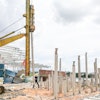


![Hcm Ax Landcros Dual Branded Logo[25]](https://img.forconstructionpros.com/mindful/acbm/workspaces/default/uploads/2025/11/hcmaxlandcros-dual-branded-logo25.Qhg3vUCjoK.jpg?auto=format%2Ccompress&bg=fff&fill-color=fff&fit=fill&h=100&q=70&w=100)
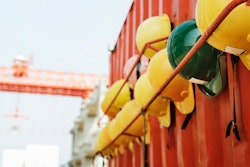



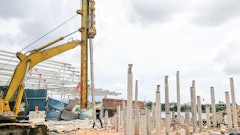

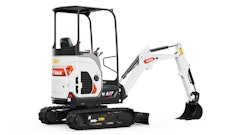


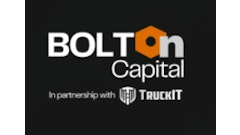
![Hcm Ax Landcros Dual Branded Logo[25]](https://img.forconstructionpros.com/mindful/acbm/workspaces/default/uploads/2025/11/hcmaxlandcros-dual-branded-logo25.Qhg3vUCjoK.jpg?ar=16%3A9&auto=format%2Ccompress&bg=fff&fill-color=fff&fit=fill&h=135&q=70&w=240)



